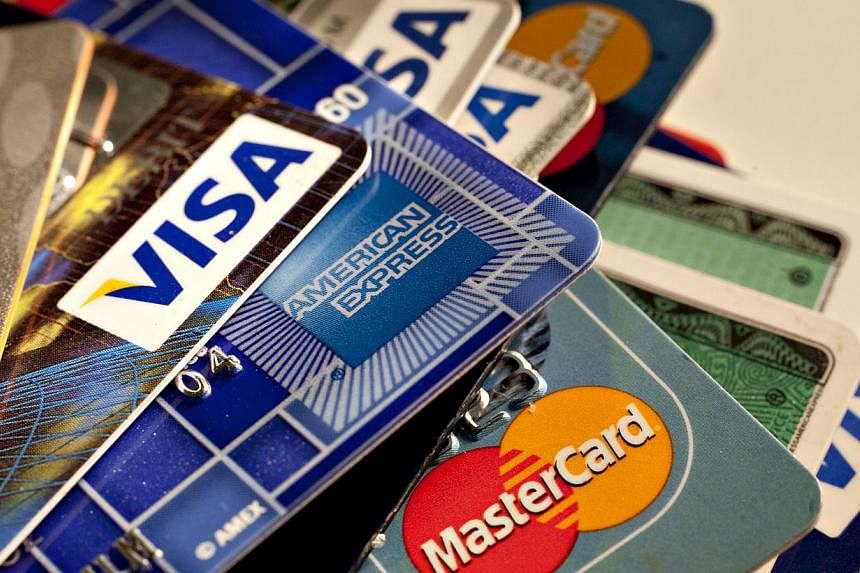Tough new credit rules take effect in just a few days, but only a handful of heavily indebted people have sought help under a new scheme to cut their red ink.
The Straits Times understands that of the 1,000 applications for what is called the Repayment Assistance Scheme (RAS), close to 400 have been approved since it was started by the Association of Banks in Singapore (ABS) last month.
This is a far cry from the estimated 32,000 people considered overextended - having unsecured debt of over 24 times the monthly pay - as of February.
These borrowers, who represent about 2 per cent of total unsecured credit users, will find their borrowing facilities suspended when the new rules kick in on June 1.
The tougher regulations have been accompanied by efforts to help those heavily in the red.
A key component is the RAS, a centralised repayment solution set up by the ABS, 12 banks and two card issuers. It aims to help those with unsecured borrowings above 12 times their monthly pay before June 1 to cut their debt.

The RAS offers a lower interest rate of 5 per cent a year over eight years, instead of the 15 per cent to 24 per cent typically charged for unsecured credit.
Most banks would have sent letters to borrowers informing them of their debt balances and providing forms for them to apply for the RAS, which is open until Dec 31. Only Singapore citizens and permanent residents earning less than $120,000 a year are eligible. Applicants also need a good payment record with financial institutions. But the RAS has not drawn many takers.
The Monetary Authority of Singapore said last month that there were 84,000 people with unsecured loans of more than 12 times their monthly income, with debts totalling $7.5 billion.
One borrower, who wanted to be known only as David, said he did not find the RAS helpful as the interest rate applies only for unsecured debts in excess of 12 times his monthly income.
"That means I would still have to find a way to pay for my credit card debt up to 12 times my monthly income... I don't think I can commit to a fixed monthly payment for RAS over eight years. I would need the cash to roll for other debts. I believe I will be able to clear my debt in less than eight years," said the 35-year-old.
The father of two, who earns $4,500 a month as a sales manager, estimated his unsecured debt at close to $80,000, or more than 17 times his monthly salary.
Ms Tan Huey Min, general manager of Credit Counselling Singapore, which administers the RAS, said the low response rate could be because borrowers are unaware of the scheme, or "they are basically rolling their debts from one credit card to another, and they do not realise that they are in trouble".
She added: "If a person rolls his debt, the debt size will only grow. Unless his income increases substantially, it would be hard for him to reduce his debt.
"Ultimately, the borrowing limit will be reduced to 12 times of a borrower's monthly income. And his credit facilities will be suspended."
These new borrowing limits will be implemented over four years to give people time to gradually reduce their debts.
The rules that start in two weeks will initially affect borrowers with unsecured debt of more than 24 times their monthly pay.
That gets tighter still from June 1, 2017, when the limit falls to 18 times the monthly income. It goes down again from June 1, 2019, to 12 times.


